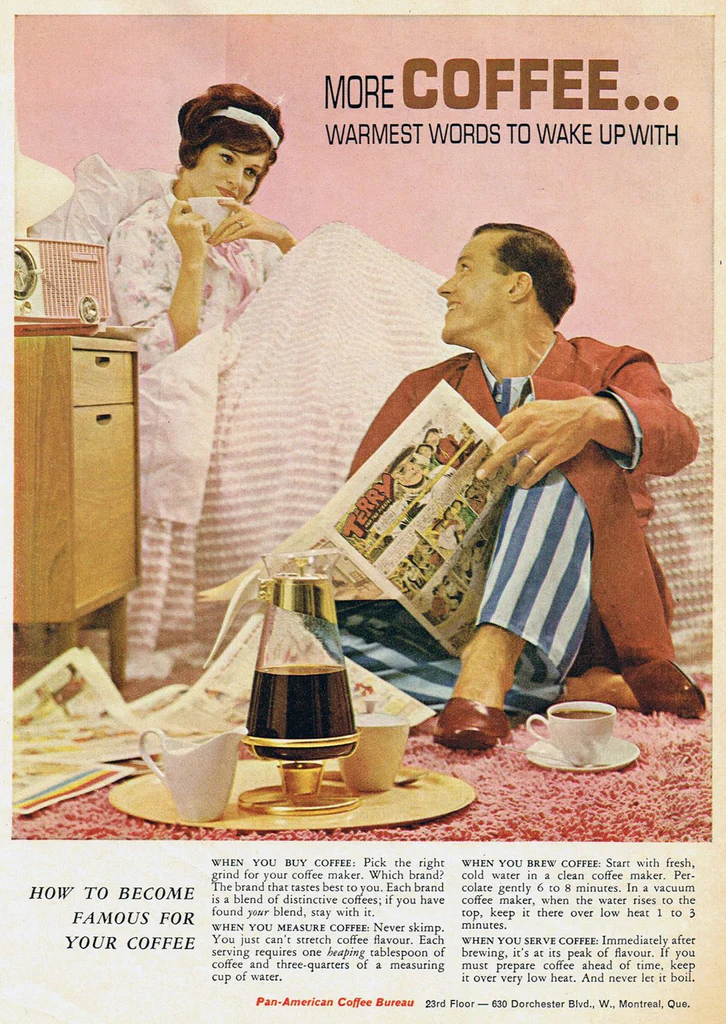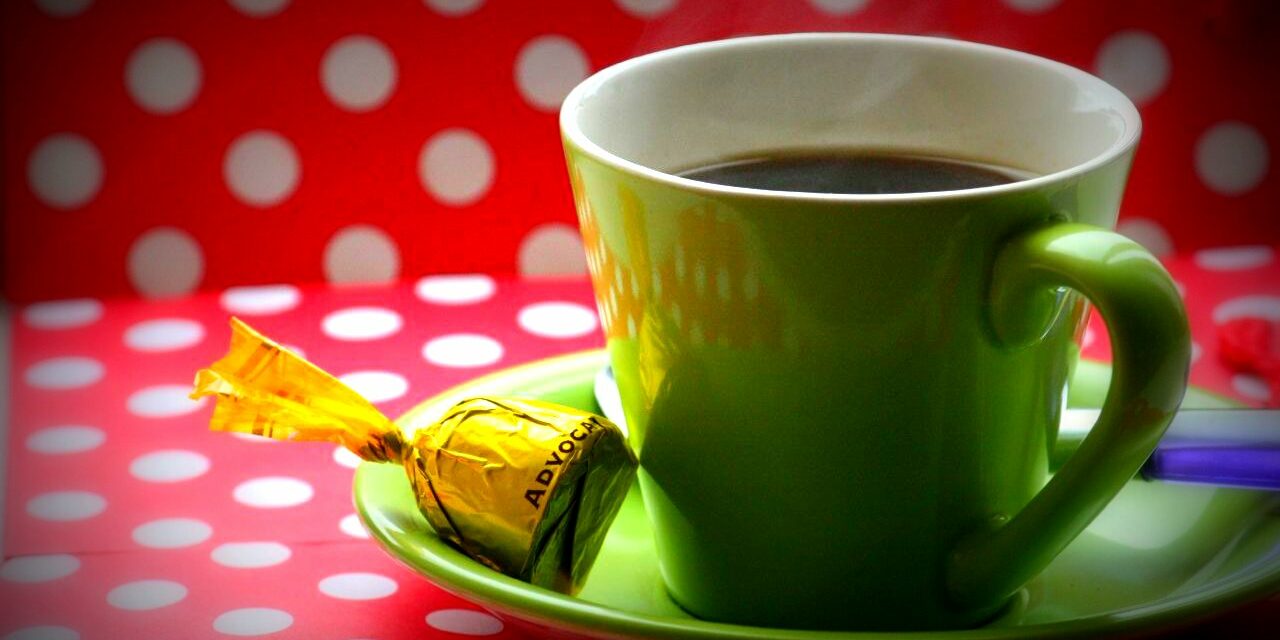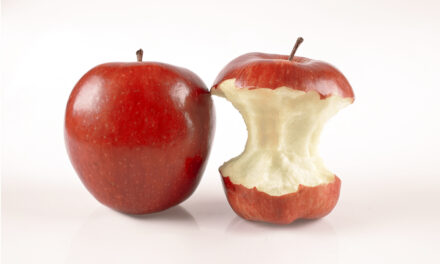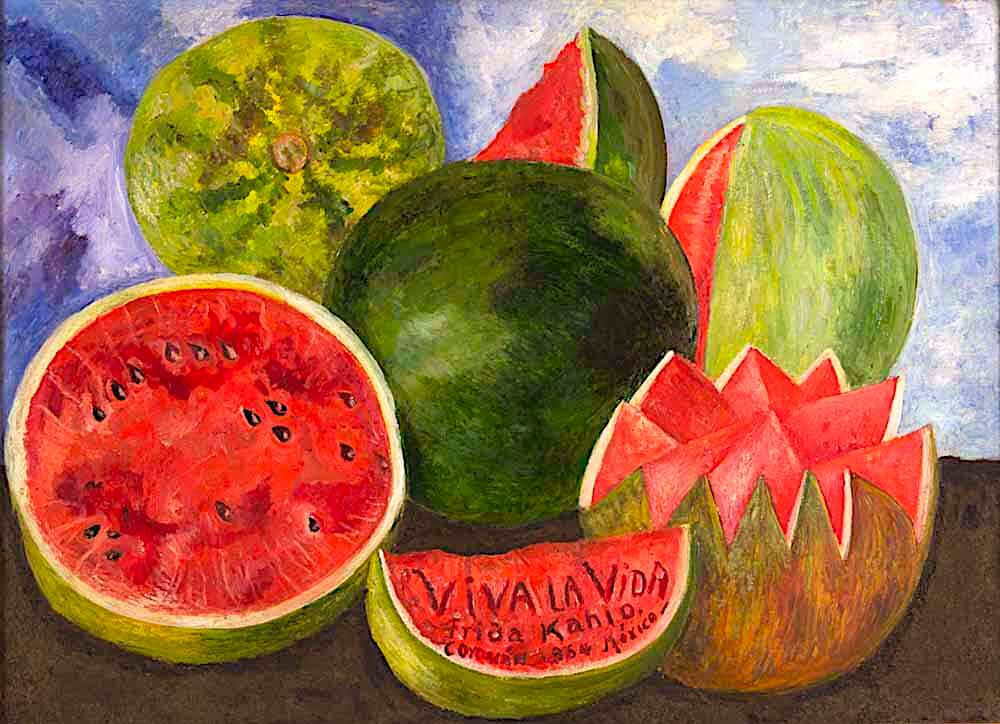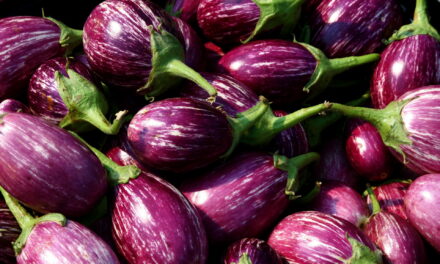Saturday Coffee by Natascha CC BY-NC-ND 2.0 DEED via Flickr
Coffee: Caffeine, Conversation, Connection
Coffee. The world drinks 2.25 billion cups every day.
It’s a staggering statistic on its face. But if you’re like me, hearing it, the shocker is how many billions are not taking the stuff each morning.
How do they do it? What is life without that familiar warm and earthy jolt first thing?
Coffee is a staple and an absolute necessity, but most of us act as if it’s a guilty pleasure. We apologize for choosing that second cup. We look around to see if anyone else is going to Starbucks after work, to commiserate with them. If we run into them there, we feel caught red-handed. We are forever trying to give it up, to switch to decaf, or to “cut down.” We periodically switch to something else, maybe to green tea or matcha or mushroom mixes, for awhile.
Coffee has a bad reputation. We are sure it not good for us and speak constantly about its negative effects and dangers. Other plants are somehow magic and wholesome, but this one is the Devil. We are convinced we would be healthier without it. We would sleep better, lower our adrenal stress, improve our cholesterol levels, reduce arthritis pains and headaches, balance our hormones and our blood sugar.
Perhaps we resent our dependence on it. A day without the stuff is pure misery. Two days and you’re in full-on withdrawal. If you’ve made it to a couple weeks, you have probably claimed to have “never felt better” once you were through the fire. You may have marveled at perceived increases in energy levels, sounder sleep, or fewer visits to the loo. You felt more level and stable, avoiding those stressful peaks and crashes, the afternoon dragging and exhausted, behind the morning’s beautiful rush. You announced your departure from coffee’s clutches with evangelical zeal, invited everyone to join you in your liberated paradise.
But then, out of the blue, you succumbed to the tantalizing aroma of that rustic and heady brew. Damn those white knuckles. You asked the barista for a double double, or for a double espresso. And for a moment, all was right with the world.
No doubt, the very cycle I describe continues. A very few have broken free, content in their sterile misery with their weak teas or ginger spring waters or what have you. But more likely, you go up and down, until you decide to embrace your love for coffee and make peace with your addiction. You take steps to moderate your habit to get the most out of it, deciding strategically to maximize the best effects and minimize the jitters, insomnia, or leaping sprints to the nearest bathroom. You won’t ever part ways again.
Coffee is what we call the beverage made from the dried, roasted cherries or “beans” of coffee trees or shrubs. And yes, coffee is a drug. Or rather, contains one. The stimulant drug in coffee is of course, called caffeine. Tea, cola, and cocoa all contain caffeine as well.
Stimulant drugs speed up the signals between the body and brain. This accounts for the rise and shine quality of coffee and why we love our joe first thing in the morning. Stimulants increase our energy and ameliorate our mood. They help us feel alert and improve our focus and concentration. Small doses of stimulants can have a paradoxical effect that is both energizing and calming. This is because a boost can rev us up while also relieving scattered signals. Using stimulant medications can help our minds and our bodies “sit still” and focus.
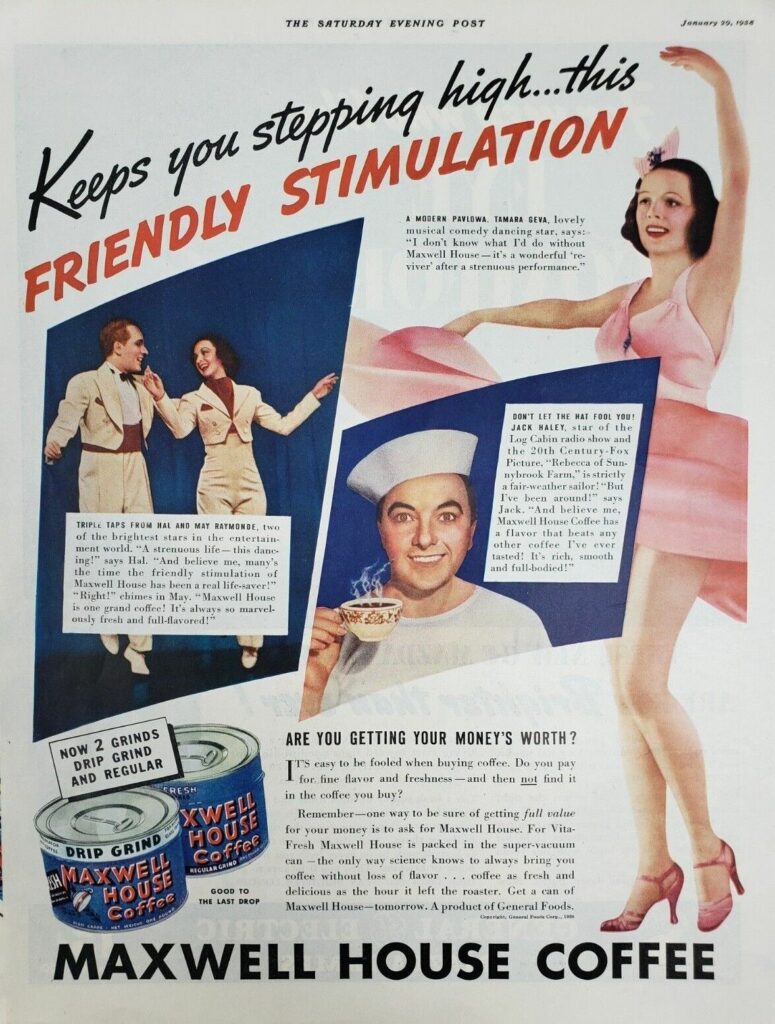
But there’s a fine line between enough and too much of a good thing: stimulants can also make us anxious, jittery, wired, irritable, suspicious, unable to sleep, and even psychotic. Withdrawal can be severe and painful.
We all have different responses to stimulants. Generally speaking, a little goes a long way! Caffeine is powerful, but consumed in moderation inside of coffee, it is still a fairly mild drug as far as stimulants go. Synthetic stimulants like amphetamines or concentrated stimulants like cocaine, are much stronger and far more dangerous. Still, a little goes a long way. Less is more, and more is horrible, when it comes to stimulants.
Many people avoid coffee in the afternoons so that they don’t toss and turn all night long. But some have no problem taking an espresso or two after a late-night dinner. For an unlucky few, a single cup of coffee can create an intense anxiety that lasts all day and night. But most can handle a few cups throughout the day.
There is no magic number to how many coffees you can safely drink. Rather, your own body is your guide. If you are wired and can’t sleep, or your stomach is churning, scale things back. For some, that place is half a cup. For others, it is a pot or several extra-large cups. In addition to the chemistry of the individual, caffeine also depends on the brewing style, the kind of coffee, the origin, roasting, and preparation.
More importantly, it’s not just a matter of harm reduction when it comes to the consumption of coffee. No need for sheepish apologetics or a guilty conscience. Coffee is good for us.
Let me repeat this important declaration, in case you missed the memo. Coffee is good for you. Whether you enjoy your cup or three of java daily or occasionally, moderate consumption is beneficial to your health. In other words, it is more healthy to drink coffee than to avoid it!
Dr. Frank Hu, chair of the nutrition department of Harvard T. H. Chan School of Public Health has pointed out that early research linking coffee with heart disease, asthma, and more, may not have taken into account the fact that many of the study participants were smokers.
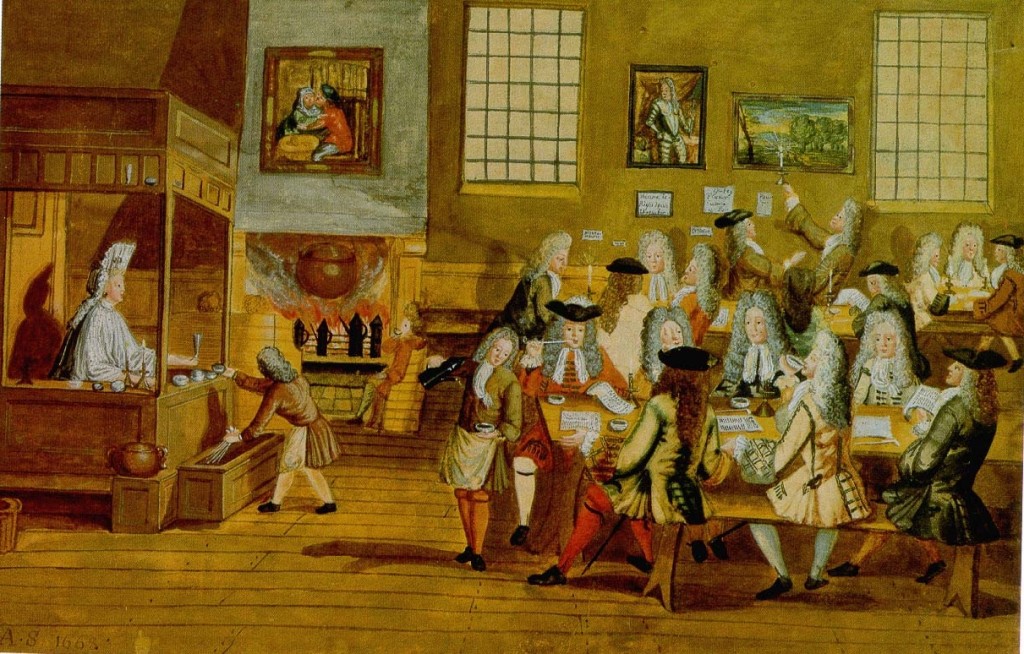
Interior of a London Coffee-house, 17th century, artist not known
The vast research now on coffee consumption is good news. Like the dried dandelions, roasted chicory, and magnificent mushrooms we have all sampled as substitutions, coffee is, after all, a plant. And it’s a plant that is loaded with antioxidants. Indeed, we get on average more antioxidants from coffee than we get from anywhere else. By all means, add more goji berries, egg yolks, and pecans to your menus. But realize that your friend joe has a powerhouse profile when it comes to antioxidants.
Moderate coffee habits improve depression, protect against diabetes, protect the liver and kidneys, improve circulation, and help guard against heart disease. Drinking coffee is even linked to lower rates of certain cancers and better outcomes. Coffee helps prevent constipation, strokes, and memory loss.
Coffee does your body a lot of good. It tastes like nothing else and is an immensely pleasurable experience for many. It also offers a number of advantages and protections when it comes to your health.
But it seems that the benefits of coffee are not limited to the body but expand to the soul. Beyond the bonus for our work and creativity brought by a better mood and a more alert and focused mind, an entire subtext in the history of coffee has been about community, connection, and conversation.
The most cynical among us may see our collective coffee habits as a kind of enslavement by corporate culture, churning out zombie worker drones, profiting off our labours as we turn our paltry wages back into the machine for our daily injections of fuel. And maybe they have a point. Others are less concerned about those who drink the coffee than about those who grow it. Like too many products bought and sold globally, there are serious issues with labour and oppression when it comes to coffee plantations, coffee farmers, and the coffee trade. Historically, the expansion and commodification of coffee from the Ethiopian highlands to Colombia, Brazil, Indonesia, and beyond took place with the help of Ottoman overlords and European colonizers. The coffee trade made oppressive and ruthless empires and corporations wealthy on the backs of dirt-poor farmers, and this sadly continues to this day. Unfortunately, boycotting coffee could put millions of underpaid people out of work completely. It’s a good idea to learn about fair trade and cooperative coffee companies and support them.
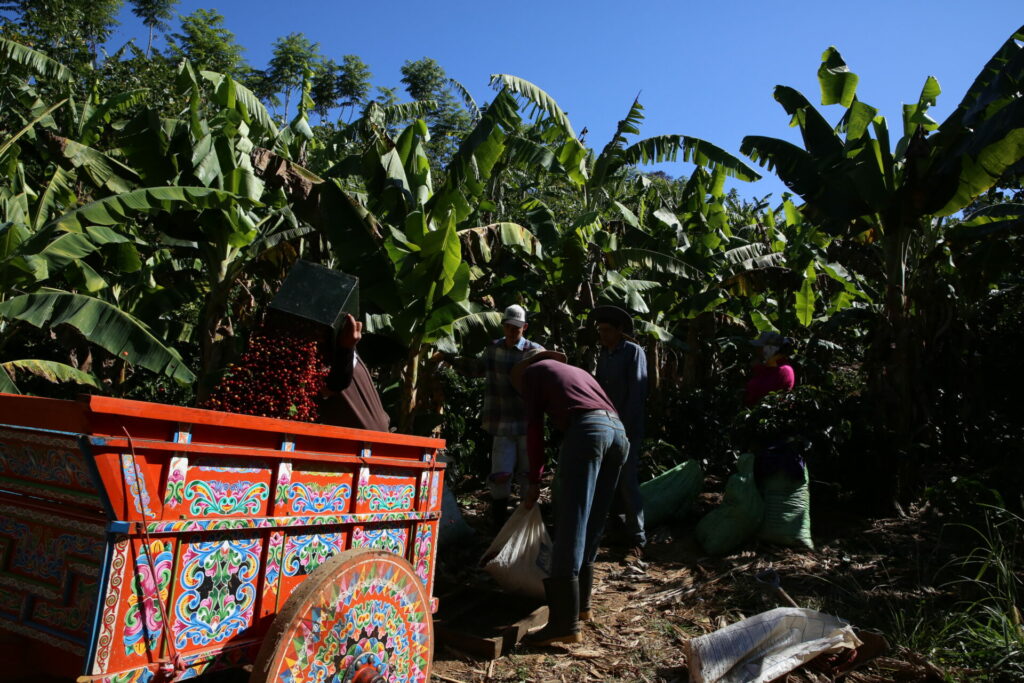
Costa Rica Coffee Farming photo by Luis Salazar:Crop Trust CC BY-NC-ND 2.0 DEED via Flickr
Exploitation is too often part of the human story. Thankfully, that’s not the whole story. Coffee has often been about bringing people together, supporting community arts and trade, personal and collective growth, and the free exchange of ideas. Coffee, from the old speakeasies to the modern laptop and jazz Starbucks, to Monk’s diner on Seinfeld, to the bohemian artist and writer cafes of Paris, to the first coffeehouses in the Middle East, have always been gathering places. We stop in, sip our coffees, jot down some ideas, exchange news through newspapers or the Internet or word of mouth, listen to music, argue about politics, discuss philosophy, study, play games, smoke (once upon a time), read poetry to each other, and build our communities. We can go to a café alone, but we won’t be alone.
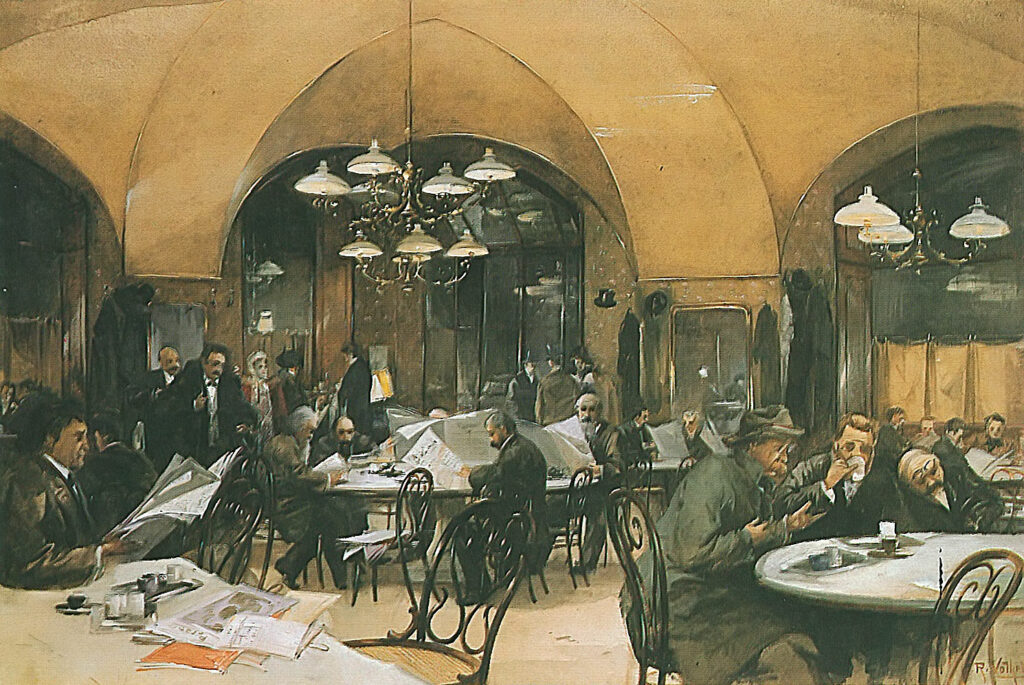
Café Griensteidl in Vienna, by Rheinholdt Volkel (Austria) 1896
The tradition of coffee houses is closely related to the history of pubs- they are, quite literally, “public houses.” Coffee salons have sometimes been one and the same as gathering places that share alcohol, allowing patrons the options of percolating or intoxicating, or both. They have also presented an alternative, where clients could relax and congregate without imbibing booze.
As with most foods, the precise origin or discovery of coffee’s joys is a murky matter of folklore and multiple claims or possibilities. The legend that nearly everyone knows is of an Ethiopian goat herder named Kaldi (Khalid) around 850 AD, who noticed the frisky, dancing behaviour of his flock after they had eaten some unusual berries. It’s possible that it went something like that. The earliest known written mention of anything like coffee was in 10th century Persia. But the cherries of the plant were eaten before that in east Africa in a kind of snack cookie that foreshadows today’s popular energy bars. Our best guesstimate of the origin story is that Ethiopia’s highland coffee plants were brought across the gulf to Yemen by Somalian merchants in the 1400s. At first, the beverage made from the cherries that we call beans was part of the spiritual practice of Sufis in the monasteries of Yemen. The stimulating properties of the drink allowed them greater clarity and alertness for lengthy, late-night prayers. Coffee’s popularity spread through the region, through trade routes and caravans, and through the consistent flow of pilgrims to Mecca. It quickly went eastwards through Arabia and Persia to India and Asia, and west to North Africa and Europe. It made its way to the rest of the planet, too, by trade, word of mouth, migration, and colonialism.
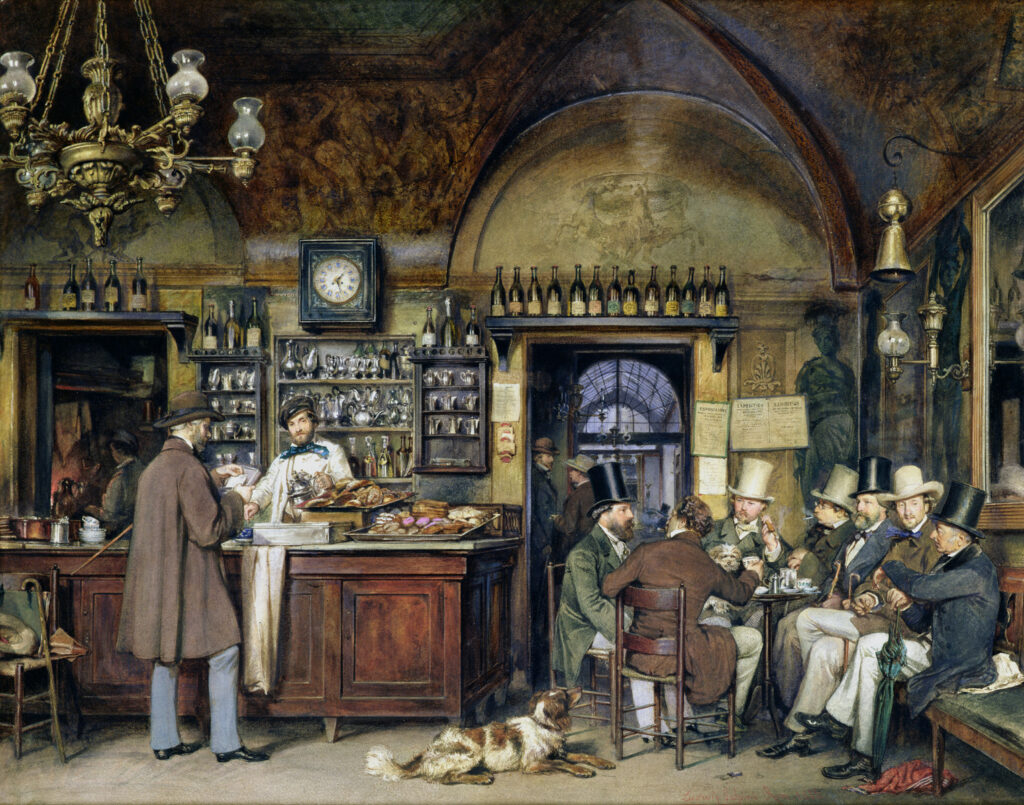
Cafe Greco in Rome, by Ludwig Passini (Austria) 1856
The etymology of the word “coffee” is also uncertain, but the Dutch were using “koffie” by 1582 and it was probably from the Turkish “kahve” which was from the Arabic, “qahwah.” The word likely meant “dark one” and may have been the word used for wine before it was forbidden for religious reasons. The region of Ethiopia where coffee was naturally grown was called “Kaffa” but how or if that fits into the story is unclear.
There were occasional attempts to shun, shame, outlaw or punish coffee consumption, in both Muslim and Christian cultures, but the efforts could never contain the meteoric rise of coffee’s popularity. The arguments against coffee were sometimes about its stimulating effects but also around the ability of our favourite drink to bring us together. The powers that be feared that people congregating in coffeehouses were listening to music, playing chess, and learning radical ideas about politics and religion from diverse populations. The horror!
Coffeehouse culture erupted in the Ottoman lands. Just a few sips in and countless cafes were opened, beckoning people to get together and talk, smoke shisha (the hookah!), play checkers, and read poetry. Ottoman were no small thing: the coffeehouses numbered in the thousands across cities like Istanbul, Baghdad, Cairo and beyond.
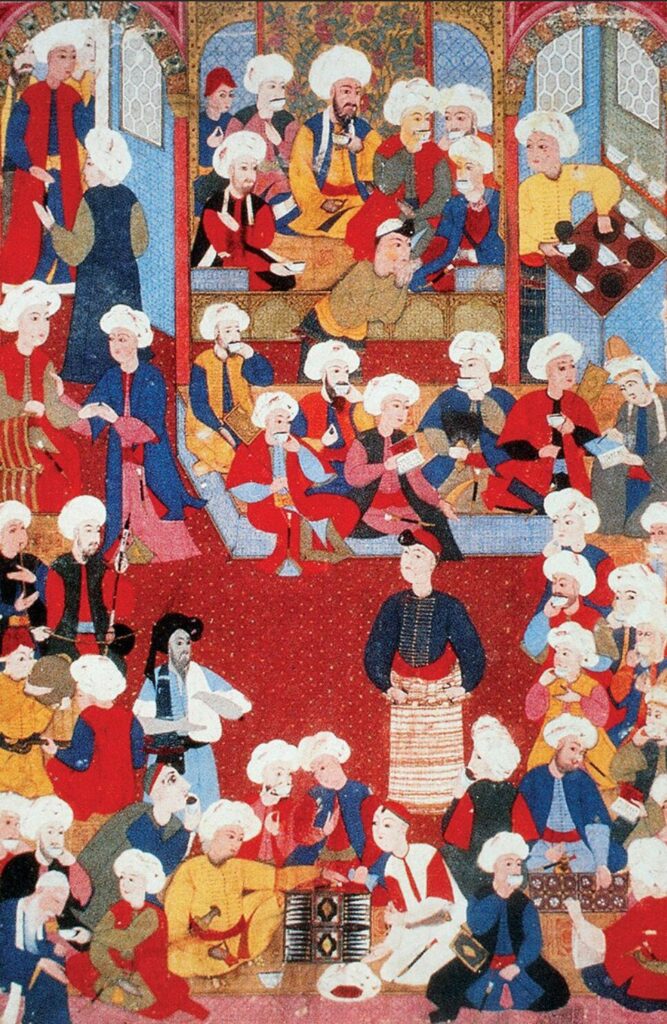
Meddah in Ottoman Coffeehouse 16th century Ottoman miniature
Our perception of coffee culture is inextricably linked to writers and artists. The local Balzac’s suite of cafes is named after a literary luminary, and when we picture Paris, or Prague, or Madrid, or New Orleans, we think of coffee houses with folk music, poetry readings, and famous writers and artists scribbling and sketching through the centuries. This, too, goes back to the Ottoman cafes, where storytellers would perform.
Traveller Jean Chardin, quoted in Wikipedia, wrote in the 17th century about Persian cafes: “People engage in conversation, for it is there that news is communicated … Innocent games… resembling checkers, hopscotch, and chess, are played. In addition, mollas, dervishes, and poets take turns telling stories in verse or in prose… It often happens that two or three people talk at the same time, one on one side, the other on the opposite, and sometimes one will be a preacher and the other a storyteller.”
One historic café in North Africa is Tunisia’s Café des Nattes, in Sidi Bou Said, a space long famous for local and tourist artists and writers, then as now. It was frequented by Paul Klee, August Macke, Simone de Beauvoir, and many others, a place to perch overlooking the stunning sea vista while writing, smoking shisha, and sipping coffee or local mint tea.
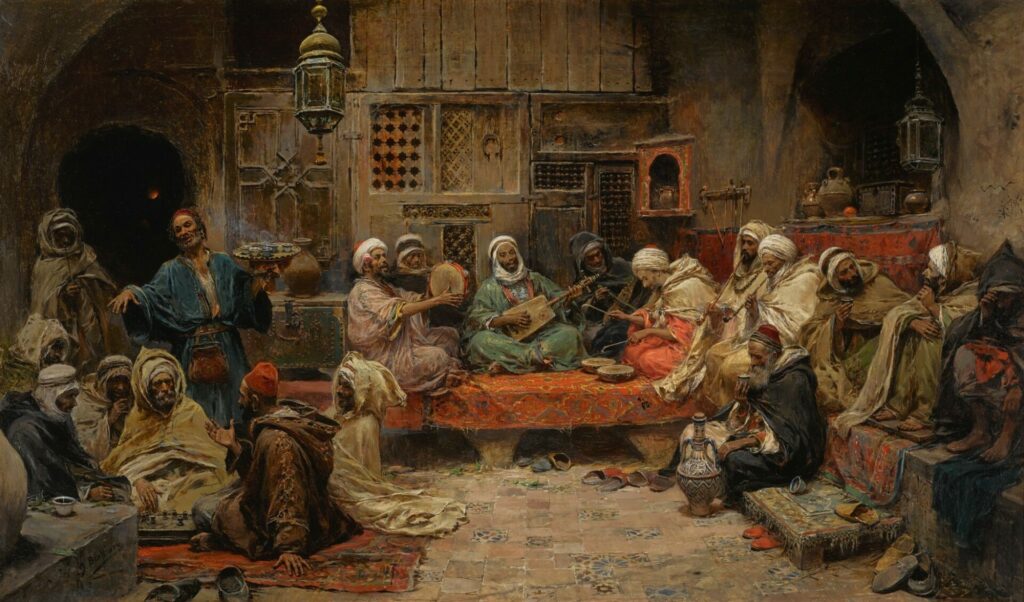
Inside a Coffee House, Tunis, by José Benlliure y Gil (Spain) 1894
Of course, coffeehouse community culture spread quickly to Europe as well. The romance of the Paris café is alive and well today, and famous coffeehouses like Les Deux Magots and Café de Flore were hubs of bohemian and intellectual activity.
At home in Ethiopia, ancient coffee ceremonies continue today. While the coffee ceremony takes place in someone’s home, its purpose is the same: community and conversation. The daily ritual is for neighbours and relatives to gather together, and involves a slow process of roasting beans, burning incense resin, flower petals, popcorn, and steeping and pouring fresh coffee to share. While women were forbidden to gather in coffeehouses in the Ottoman empire, and didn’t gather frequently in Europe until the mid-1800s, they were always at the centre of the Ethiopian coffee ceremony.
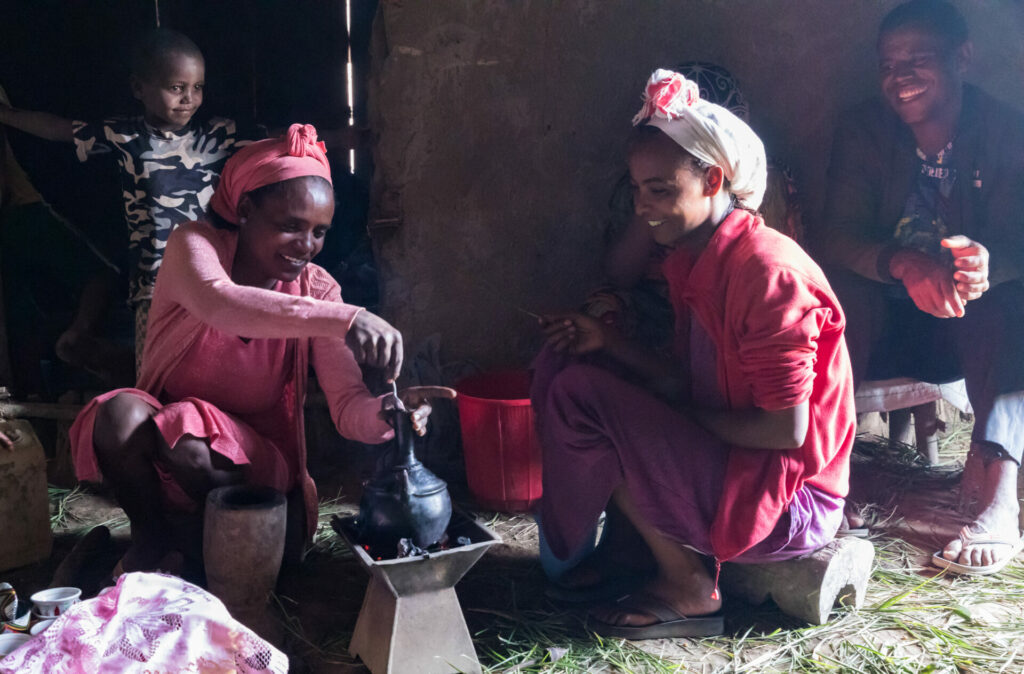
Ethiopia, Oromia, Hara Langano, Coffee Ceremony, photo by NinaraCC BY 2.0 DEED via Flickr
At home in Toronto, increasing prices are making cafes for lingering increasingly rare, with coffee shops getting smaller and better suited for lineups and carry outs. But community coffee culture will always flourish, one way or another, even as corporate coffee culture takes its parallel course. Neighbourhoods gather for coffee, connection, poetry, and art at cafes like Full of Beans, a landmark of Dundas West. Owner Lori Nytko creates a comfortable space where everyone is welcome, with music, second-hand bookshelves, and art shows (including yours truly!) The Remarkable Bean in the Beaches and Leslieville is just as loved on the other side of town. And Café Istanbul a few blocks east of Yonge on Eglinton brings the flavours of the world’s first coffeehouses to Toronto. You can even have a coffee ceremony at any Ethiopian restaurant in town, where you’ll find families lingering for hours after a late dinner to drink coffee and catch up with each other.
Coffee. It’s a necessary drug, in my opinion, and I know I’m not alone. It’s all about the boost and the benefits, yes. But it’s more than that. Coffee is life, no?
As Richard Brautigan writes in “Coffee,” his story story in Revenge of the Lawn, “Sometimes life is merely a matter of coffee and whatever intimacy a cup of coffee affords.”
